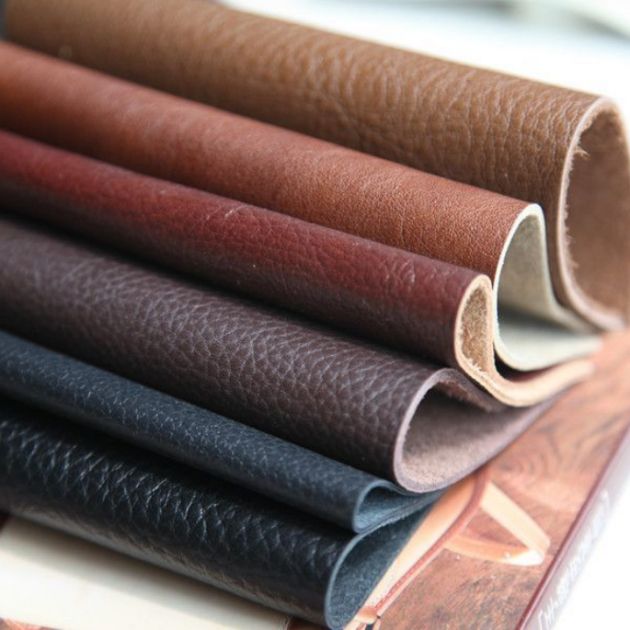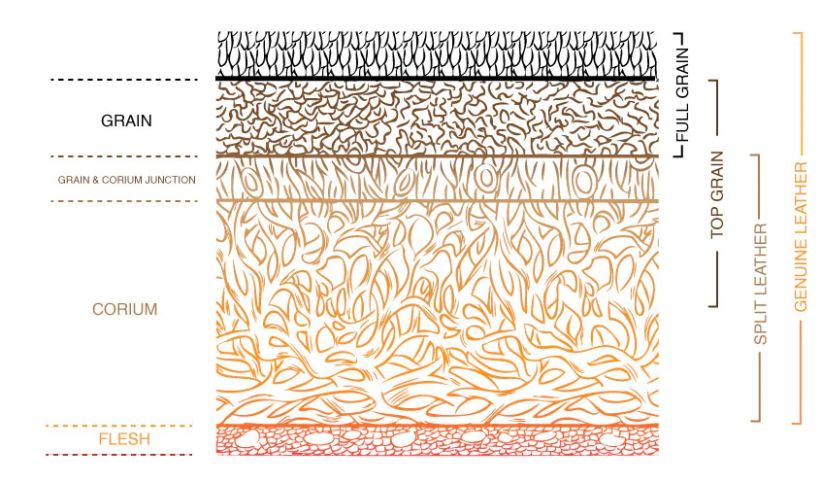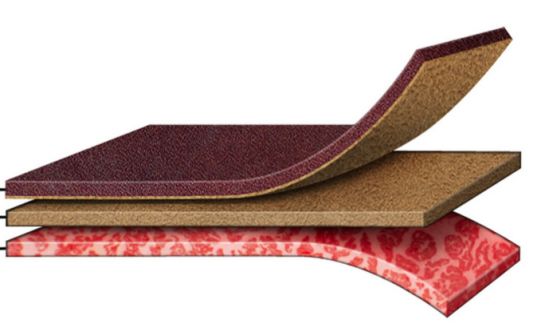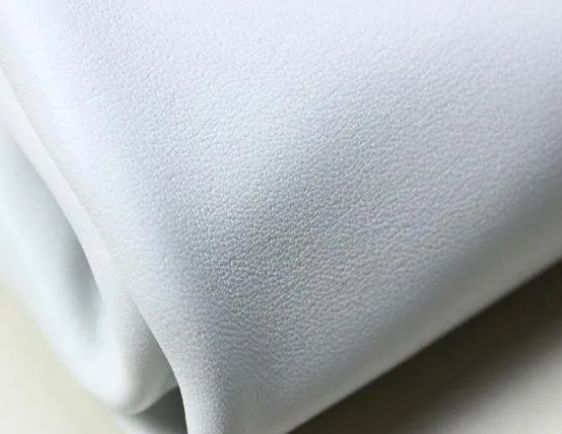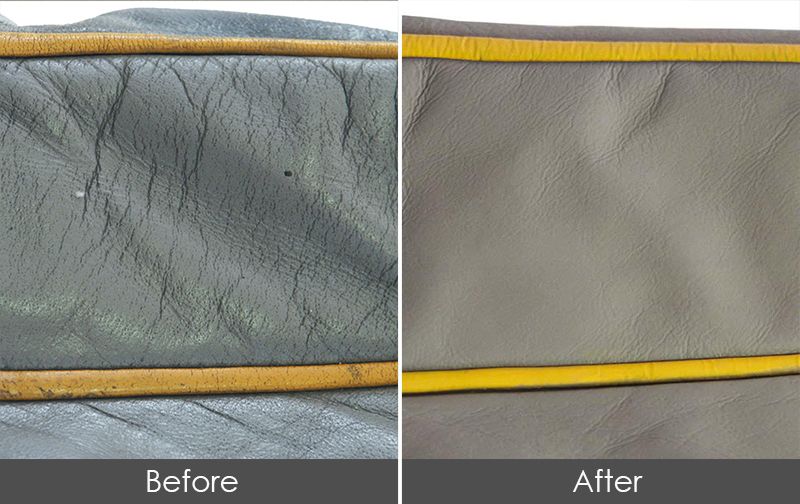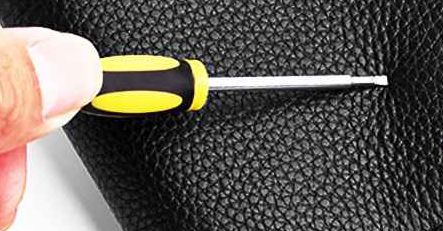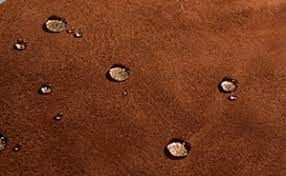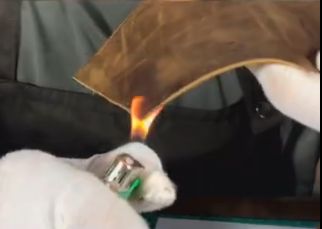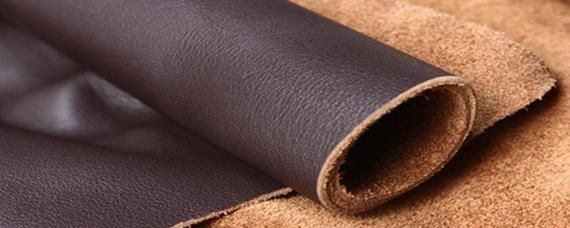Leather is a popular material for fashion, accessories, and furniture due to its durability, aesthetic appeal, and versatility. Top grain leather, in particular, is known for its quality and longevity. However, not all top grain leather is created equal, and there are several grades and testing methods to consider when evaluating its quality.
Top grain leather is the second highest quality of leather, after full-grain leather. It is made by removing the outermost layer of the hide, which typically has blemishes, and then sanding and finishing the surface. This results in a smooth, uniform appearance that is less prone to scratches and stains than full-grain leather. Top grain leather is also more flexible and comfortable to wear than lower quality leather grades.
There are several grades of top grain leather, which are based on the quality of the hide and the processing methods used. The highest grade is known as “full top grain leather,” which is made from the highest quality hides and has the most consistent grain pattern. This grade is typically used for luxury items such as high-end leather jackets and handbags.
The next grade down is known as “top grain corrected leather,” which is made from hides with more blemishes and imperfections. These imperfections are corrected using a sanding and stamping process, which creates a more uniform appearance. This grade is typically used for mid-range leather goods such as shoes and wallets.
The lowest grade of top grain leather is known as “split leather,” which is made from the bottom layer of the hide after the top grain has been removed. This grade has a less consistent appearance and is often used for cheaper leather goods such as belts and upholstery.
To evaluate the quality of top grain leather, there are several testing methods that can be used. One of the most common is the “scratch test,” which involves scratching the surface of the leather with a sharp object to see how easily it is damaged. High-quality top grain leather should have a high resistance to scratches and should not show any significant damage.
Another testing method is the “water drop test,” which involves placing a small drop of water on the surface of the leather and observing how it reacts. High-quality top grain leather should absorb the water slowly and evenly, without leaving any stains or spots.
Finally, the “burn test” can be used to determine the authenticity of top grain leather. This involves burning a small piece of the leather and observing the smoke and smell. Real top grain leather will produce a distinctive smell and a white ash, while fake leather will produce a chemical smell and a black ash.
In conclusion, top grain leather is a high-quality material that can be graded based on its quality and processing methods. To evaluate its quality, various testing methods can be used, including the scratch test, water drop test, and burn test. By understanding these grading and testing methods, consumers can make informed decisions when purchasing top grain leather goods.
Post time: Mar-07-2023


